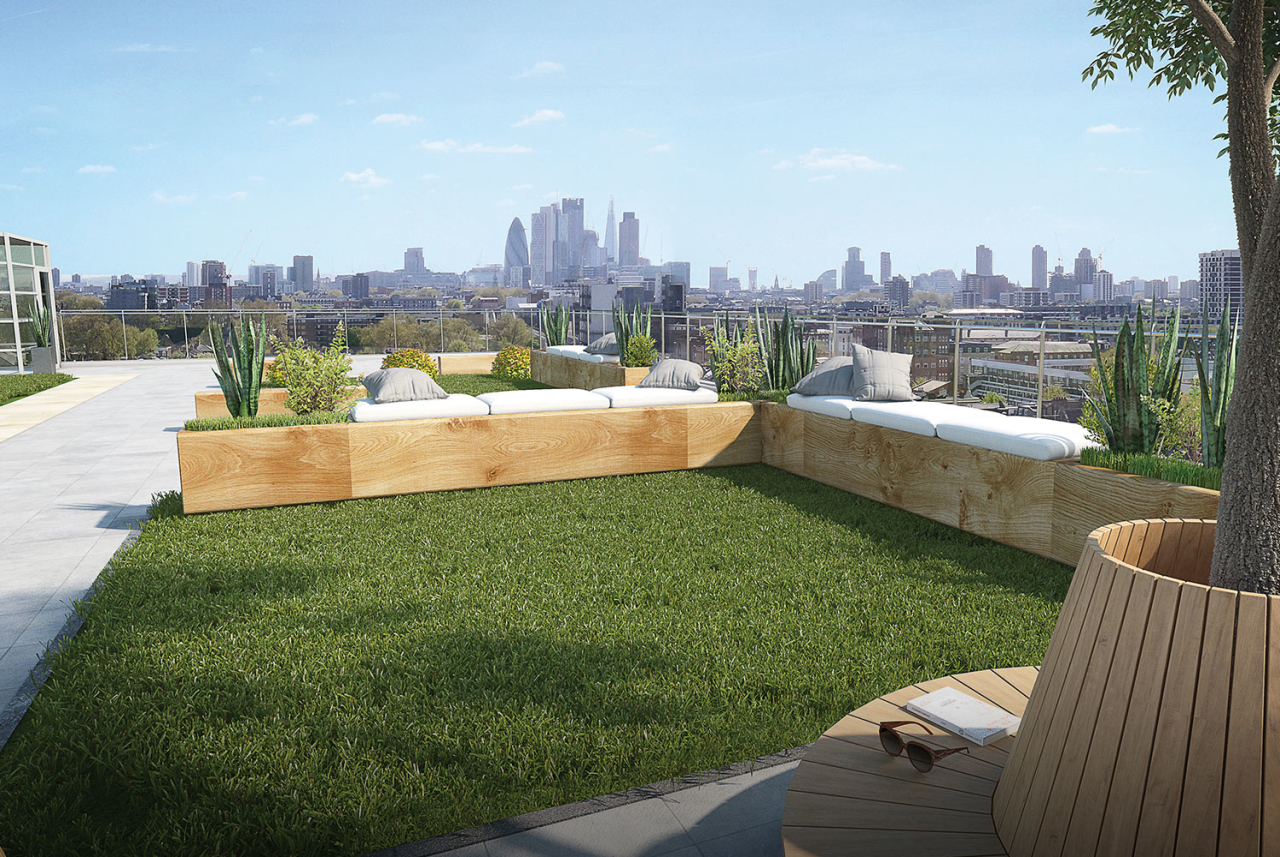When you think about just how difficult it must have been for our Egyptian ancestors to design and establish the now world-famous pyramids, it is mind-boggling to see how far we have come in that respect. Though of course, our modern-day feats do not really include anything nearly as stupendous, it cannot be denied that in our own way, we have made a mark. Today’s pyramids are skyscrapers and vertical gardens, new World Wonders to replace the old. And as the years roll on by, technology keeps handing us tools to improve our prowess, with 3D designing not only already introduced but also an invaluable tool for contemporary construction purposes. Here are a few reasons for its popularity.
Offers a Different Perspective
Consumers today are incredibly discerning and notoriously hard to please. That is because they live in the digital age, where a lot of things are at their disposal. They want the best possible product or service, and they expect suppliers to know this already. With interesting new construction concepts having cropped up as of late, it is easy to see how this field to have been affected by technology’s magical touch. Most people though, often have a hard time picturing the final result and find 2D drawings to be even less helpful. Which is exactly what 3D architectural designing dispels, by offering a different perspective with its realistic, hands-on designs.
Enhanced Creativity
Whether you want to gather more experience or are looking to exercise your creative chops with something juicier, this is an excellent way to do both. Think about how good these designs would look on your portfolio, and how useful they would be when scouting out new clients who in turn, are looking for reliable architectural rendering Melbourne for instance. Instead of sticking to conventional 2D designs that are, quite frankly a snooze-fest, opt for your 3D counterpart. It helps improve creativity, whilst engaging your customer in a whole new way.
Better Detail
A typical 2D plan of a building will give you a certain amount of information obviously, but only so much. After a point, you are forced to watch the building erect, before you are able to figure out what goes where, and how the building will shape up to be. Not with 3D designing though. Amazingly, 3D plans feature details that 2D plans can only dream of, offering clients a first-hand account of what they are in for. That way, they need not wait till construction hits that particular point; if they do not like something, they can clearly make that known.
Precision
One of the biggest benefits many designers have focused on with 3D designing is precision. Since many Internet applications including, but not limited to Google Maps are being channelled for the final product, accurate information is a norm. This, in turn, offers a higher degree of precision, which is important when it comes to construction. Plus, it is so much easier to share these documents than it is to lug about yards and yards of paper from one place to another.
